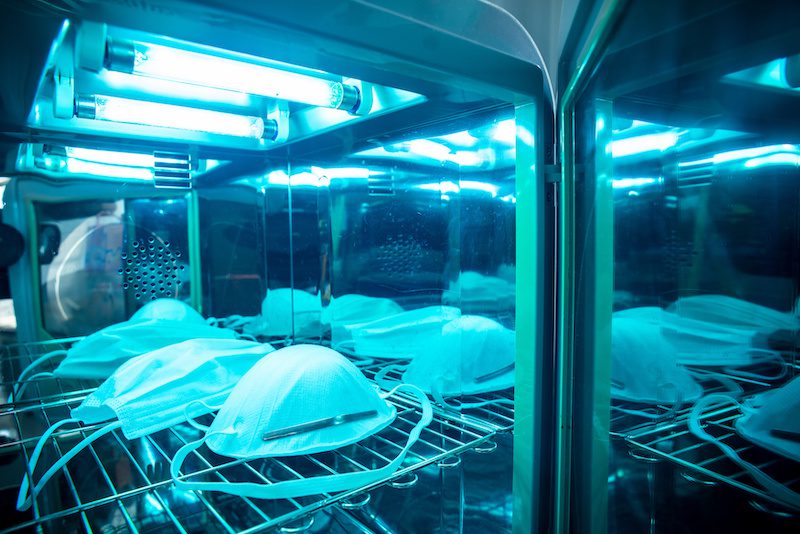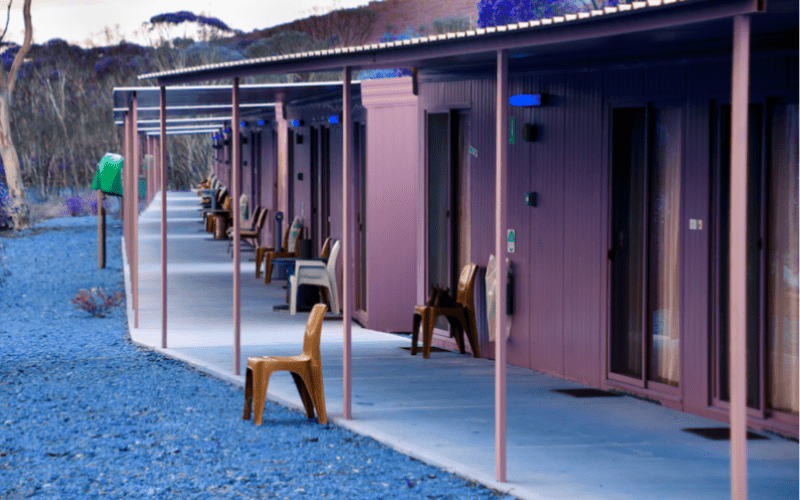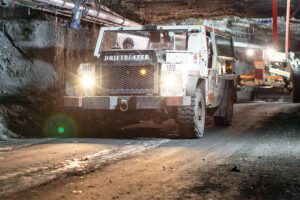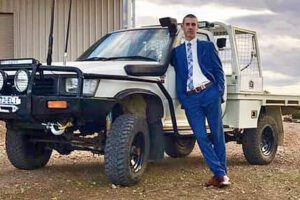Sanitisation of mining camp rooms has long been a concern for mineworkers across Australia but a range of new technologies that have evolved in the wake of COVID-19 may see cleaner mining camp rooms through the use of UVC sterilisation techniques.
Researchers have found that novel coronavirus SARS-CoV-2 can be inactivated and risks of aerosol infections reduced through the deployment of deep ultraviolet light-emitting diodes that may be soon deployed to mining camps, mining aviation, and bus transport services.
While UVC light has been extensively used in hospitals for sterilisation of items such as instruments and masks the technology could soon be deployed to mining camps to make rooms safer for mineworkers following shift changes. The process involves exposing the room to the UVC light source for a period of minutes to kill active flu viruses and germs including the COVID virus.
You might like to read The Top 6 Mining Camps in Australia

In September last year, Hiroshima University Researchers found that using Ultraviolet C light with a wavelength of 222 nanometers (which is safer to use around humans) effectively kills SARS-CoV-2 — the first research in the world to prove its efficacy against the virus that causes COVID-19.
Additionally, researchers Manuela Buonanno and others at the Center for Radiological Research, Columbia University Irving Medical Center, New York, New York say that the application of UVC in public spaces could also significantly assist in preventing the spread and transmission disease.
“Based on these results for the beta HCoV-OC43 coronavirus, continuous far-UVC exposure in public locations at the currently recommended exposure limit (3 mJ/cm2/hour) would result in 99.9% viral inactivation in ~ 25 minutes. Increasing the far- UVC intensity by, say, a factor of 2 would halve these disinfection times, while still maintaining safety”
In fact a range of consumer electronic companies have also commenced production of autonomous robotic sterilisation robots to work across the hospitality, education, corporate, retail, restaurant, and transportation industries this year.
LG’s new robot is expected to enable a new standard of hygiene by helping to disinfect high-touch, high-traffic areas. Because of its autonomous design, the robot will be able to move easily around tables, chairs and other furniture, generally irradiating a room’s touchable surfaces in 15 to 30 minutes, disinfecting multiple areas on a single battery charge.
While UVC exposure to humans must be minimised, the new technology is managing the risk of cleaning staff exposures through their ability to monitor the process via a tablet or smartphone. A built-in safety lock is activated by human motion detection sensors. The equipment also will deactivate through the pressing of an emergency stop button, or via the mobile application
Staff will be able to monitor progress via remote updates to smartphones or tablets. Employee exposure to UV rays will be minimized through a built-in safety lock activated by human motion detection sensors, pressing of an emergency stop button or via the mobile application.
Honeywell has also developed a range of portable UVC systems that can be used in passenger transport including aircraft to provide disinfection.
Mine workers told AMSj that they are optimistic about the new technology and that the cleanliness of mining camp rooms has often been a concern at some site. “This new tech looks like it will stop cold and flu spreading in camps as well. It will be a bloody godsend if it works” a miner told AMSJ.
AMSJ understands that a range of camp providers are already examining the deployment of the technology to improve hygiene and safety in the industry.
Further Reading
Far-UVC light efficiently and safely inactivates airborne human coronaviruses
Hiroki Kitagawa, Toshihito Nomura, Tanuza Nazmul, Keitaro Omori, Norifumi Shigemoto, Takemasa Sakaguchi, Hiroki Ohge. Effectiveness of 222-nm ultraviolet light on disinfecting SARS-CoV-2 surface contamination. American Journal of Infection Control, 2020; DOI: 10.1016/j.ajic.2020.08.022
Read more Mining Safety News
.














Add Comment